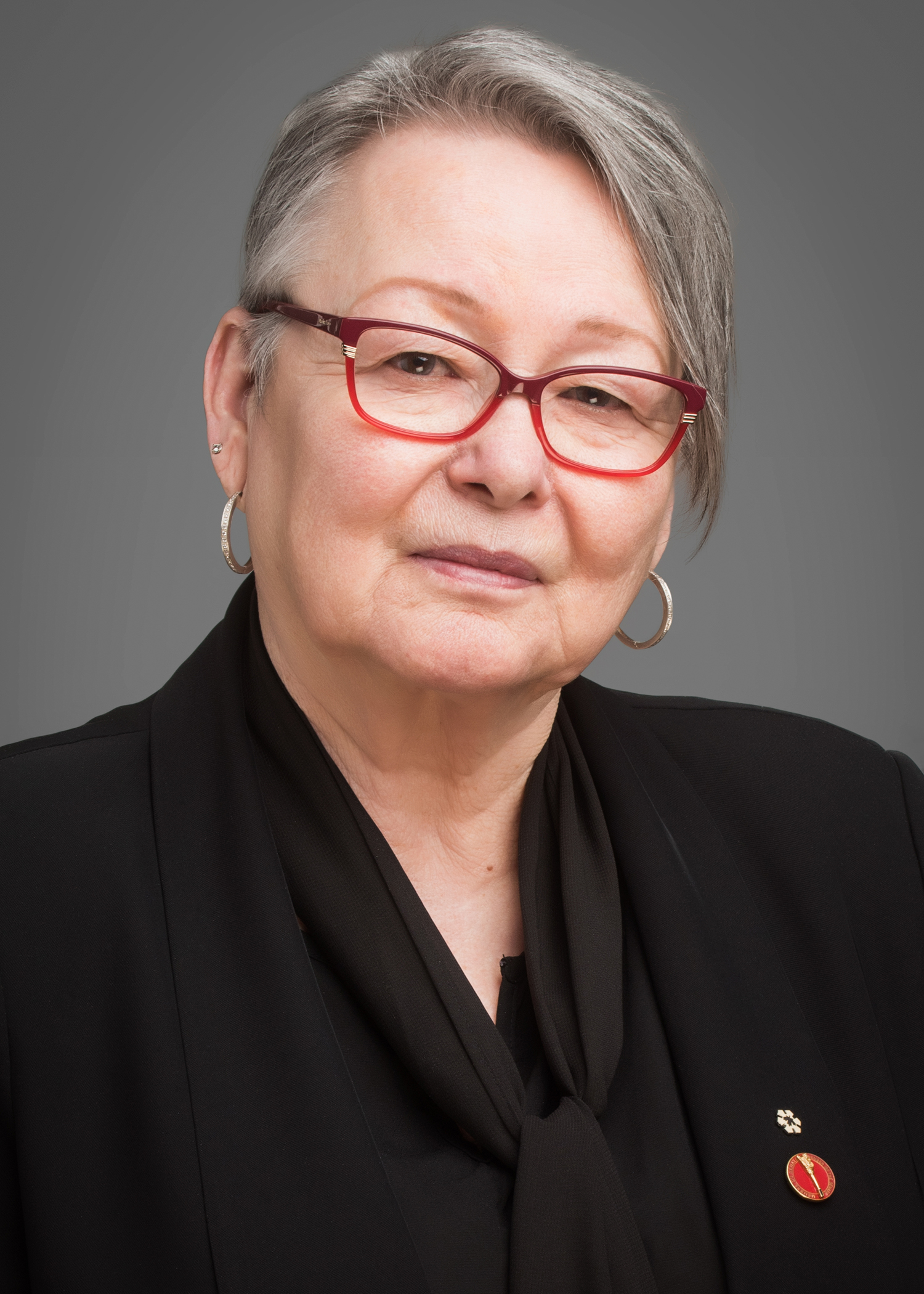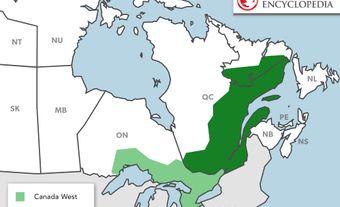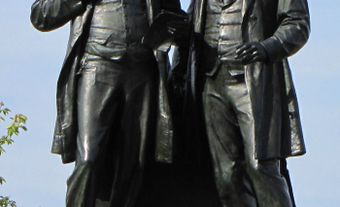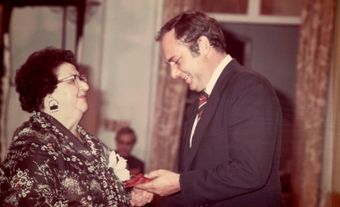Throughout much of Canadian history, a First Nations person would lose their Indian status if they were enfranchised. An enfranchised person is someone who has the right to vote in elections. A First Nations person who is deemed a Status Indian has certain rights and benefits granted to them through the Indian Act.
(This article is a plain-language summary of Enfranchisement. If you are interested in reading about this topic in more depth, please see our full-length entry Enfranchisement).
Since the late 1850s, when Canada East (formerly Lower Canada) and Canada West (formerly Upper Canada) made up the Province of Canada (from 1841 to 1867), the Canadian government encouraged First Nations people to become enfranchised so that they would lose their Indian status and assimilate into (blend into) Canadian society.

Senator Sandra Lovelace Nicholas has fought for changes to the Indian Act to restore the legal rights of Status Indian women and children.
Most of the First Nations people who lost their Indian status were women. According to the Indian Act, women would lose their status when they married a non-status man (see Indigenous Women and the Franchise).
Very few First Nations people gave up their Indian status by choice.
In 1960, the federal government made a drastic change regarding First Nations people and enfranchisement. It allowed First Nations people to vote in federal elections and keep their Indian status.

 Share on Facebook
Share on Facebook Share on X
Share on X Share by Email
Share by Email Share on Google Classroom
Share on Google Classroom










